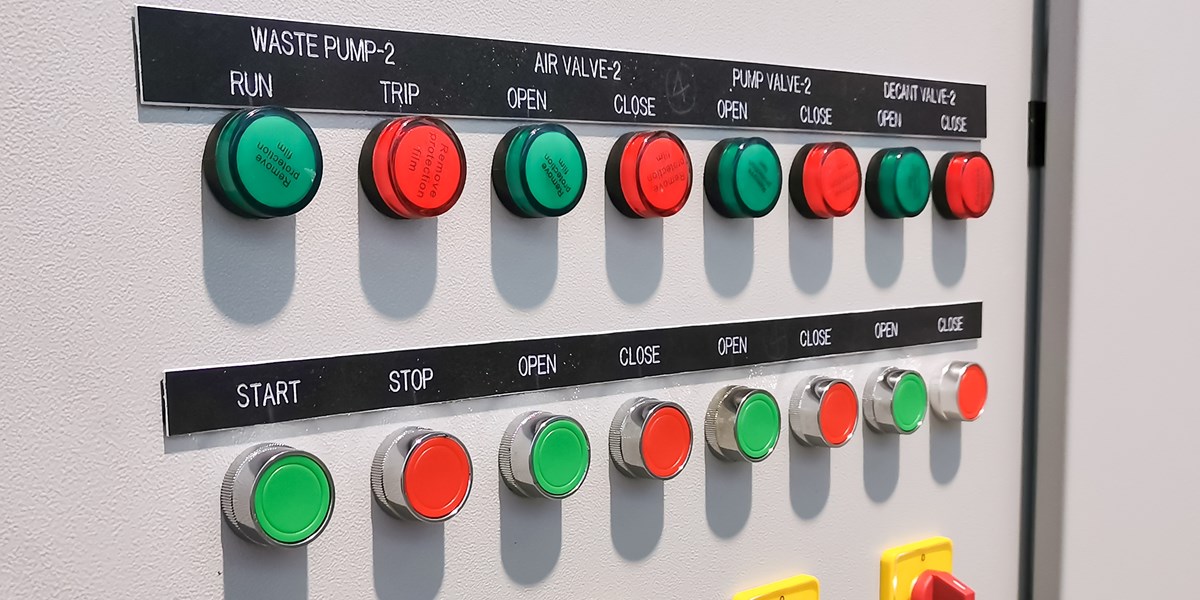🔎 Did you know? What’s the difference between a power cabinet, a control cabinet, and a RIO?
In an industrial installation, each cabinet has its own role. But do you really know the difference between a power cabinet, a control cabinet, and a RIO module (Remote I/O)? Here’s a simple and practical overview to help you understand.

⚡ The Power Cabinet: The Energy Source
The power cabinet is responsible for supplying electrical power to industrial equipment. It handles the high currents required to operate motors, conveyors, pumps, and machine tools.
It typically contains:
- Circuit breakers and electrical protections,
- Contactors,
- Transformers,
- Frequency inverters (variable speed drives).
Its role is critical: it supplies power and protects equipment from overvoltage and short circuits.
🧠 The Control Cabinet: The Brain of the Installation
The control cabinet centralizes automation and process control. It processes sensor signals, interprets data, and triggers the necessary actions.
It typically includes:
- One or more Programmable Logic Controllers (PLCs),
- Low-voltage power supplies,
- Control relays and terminal blocks,
- Human-Machine Interfaces (HMIs) or operator screens.
In short, it orchestrates the entire installation through logical programs.
🌐 The RIO (Remote I/O): The Smart Link to the Field
The RIO is a decentralized module that allows you to connect sensors or actuators located far from the main cabinet, reducing the amount of cabling.
Installed close to the equipment, it communicates with the control cabinet via an industrial network (Profinet, Ethernet/IP, etc.).
Its advantages:
- Less cabling,
- Space saving,
- Easier maintenance,
- Flexible architecture.
In summary, a RIO is a true digital relay between the field and the brain of the installation.
🧩 Three Roles, One Objective: A High-Performance Installation
These three types of cabinets work together:
- Power to supply,
- Control to manage,
- RIOs to connect.
At Belgotech, we design and wire these cabinets to measure, taking into account field constraints, industrial standards, and the specific needs of each client.
➡️ A good understanding of these components is essential to ensure reliability, safety, and optimal performance in industrial installations.
Do you have a project for an electrical cabinet, automation, or modernization?